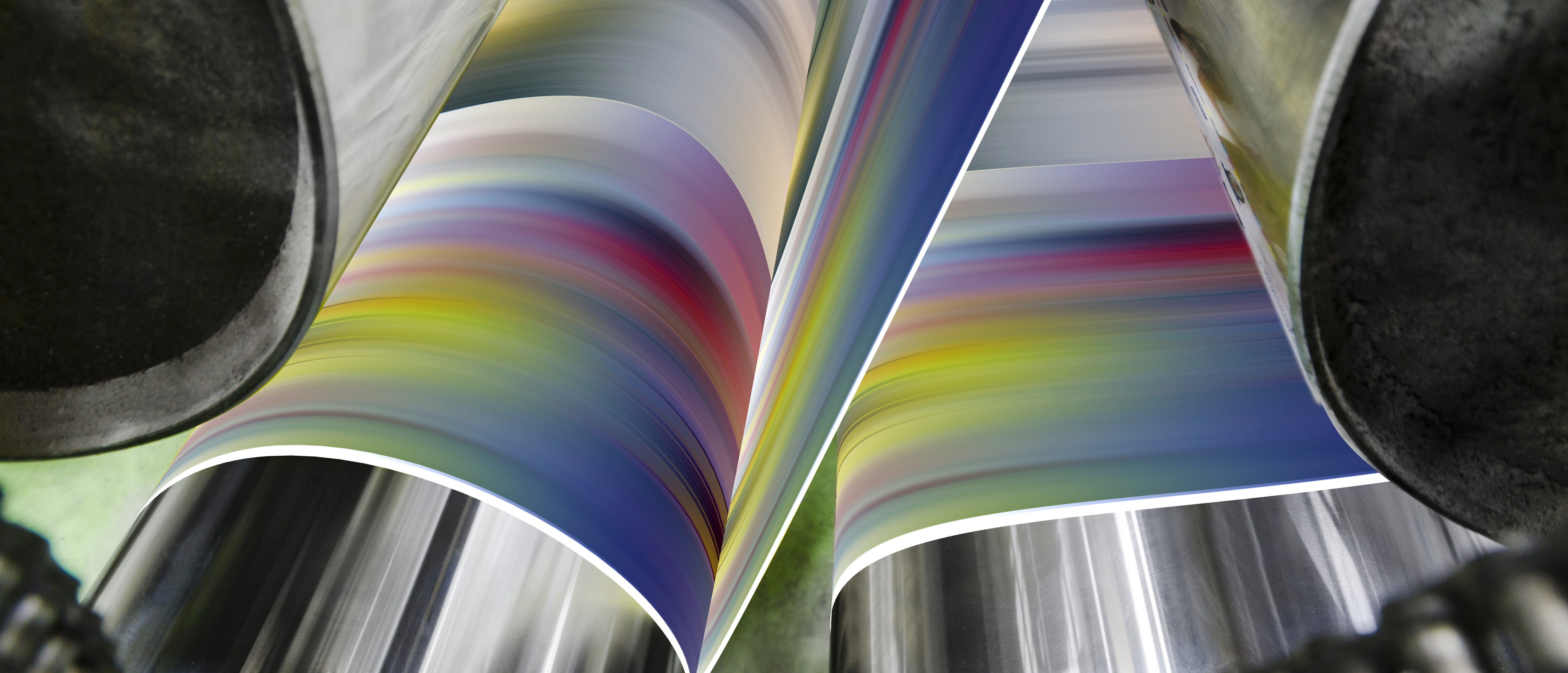CASE STUDY
Danwood Print Services
In a nutshell
Producing a beautiful picture of how things can be is one thing, delivering that vision is quite another. We helped the UK’s largest independent print services provider change their entire business focus so they – and their workforce – could see clearly again.
The best office printers are the ones you don’t even notice. Like a good referee in a football match, they’re doing their best work when no one is talking about them. But when they do go wrong, you want them fixed properly – and quickly.
That’s where our client, and specifically their service department, comes in. Their challenge was to provide better service to customers and make themselves more cost-effective. Before, it was all about the total number of visits per day, a standard metric across the industry, but that could mean a lot of return trips to rework fixes, making repairs costly, driving poor customer experience and also affecting the job satisfaction of engineers.
They needed to re-focus and get everyone on the same page.
Changing our setting to ‘high quality’
“The obvious starting point for us was speaking to the engineers themselves and the contact centre staff,” explained Christian. “They were so honest and open with us from the get-go. Combining the understanding we developed from talking to the staff, with lots of studies in the field, really helped us get to the root the problem, as well as the insight required to know what changes we needed to make.”
The first of these was to focus the highly-trained engineers by concentrating their effort on the most complex tasks which could only be achieved by freeing them from the shackles of the day-to-day. No more unclogging paper jams or replacing cartridges – that could be done by upskilling those in the call centre to provide help and assistance over the phone. Customers loved it because it was always the quickest way to get up and running again, and engineer callouts dropped by over 10%. Resulting in improvements all round.
Targets changed too. We no longer only tracked number of visits; we focused on the quality and therefore duration of the fix, and aligned bonuses and performance management to this. This meant engineers were incentivised to upskill the call centre staff; having to do a job which could have been done over the phone would count against them since it reduced the time between engineer fixes. This became a virtuous cycle as it incentivised engineers to do more thorough fixes that would last, improving their metric and driving them to do a better job on the more complex, challenging and rewarding site visits.
We also implemented a knowledgebase and decision support tool, and physically located the most common print devices in the contact centre to further help agents provide the fastest and highest quality remote resolution to customer issues.
Yes, it took a bit of time for these changes but, when they did, service directors soon felt they had a far greater understanding of true demand and could better organise their teams.

This transition period, as we helped engineers adjust to their new targets, could have been one of uncertainty so we needed to win them over as much as anyone. Our solution? Meet BERT, their new best friend.
Best Engineering Routing Tool (or BERT to those who know him best) helped improve work allocation by better planning the engineers’ daily travel. But BERT was just one element to winning over the workforce, as Christian explains:
“The client’s open approach and strong governance was crucial to this project’s success but, really, the key to it all was their constant focus on employee engagement. From discussing problems and sharing solutions in new engineers’ forums, to more one-on-ones between managers and their people, they really bought into the whole ethos of collaboration.”
“There’s been more change in the last six months than in the previous 40 years.”
These words from the client themselves were testament to the hard work on both sides. Within eight weeks of implementing the changes, efficiency was improved, and the quantity of callouts required was reduced, while the number of successful and sustained solutions increased. As we approached a year of working together, we’d more than tripled remote repairs from 6% to 20% of all service requests.
Employees were enjoying a more positive environment too – engineers loved being challenged in their jobs more than before and contact centre staff who’d been upskilled to helping customers directly were paid more for their extra responsibilities. Not only that, the changes we’d made delivered a 20% increase in EBITDA.
